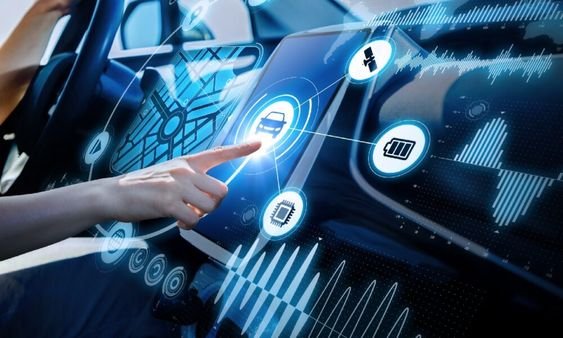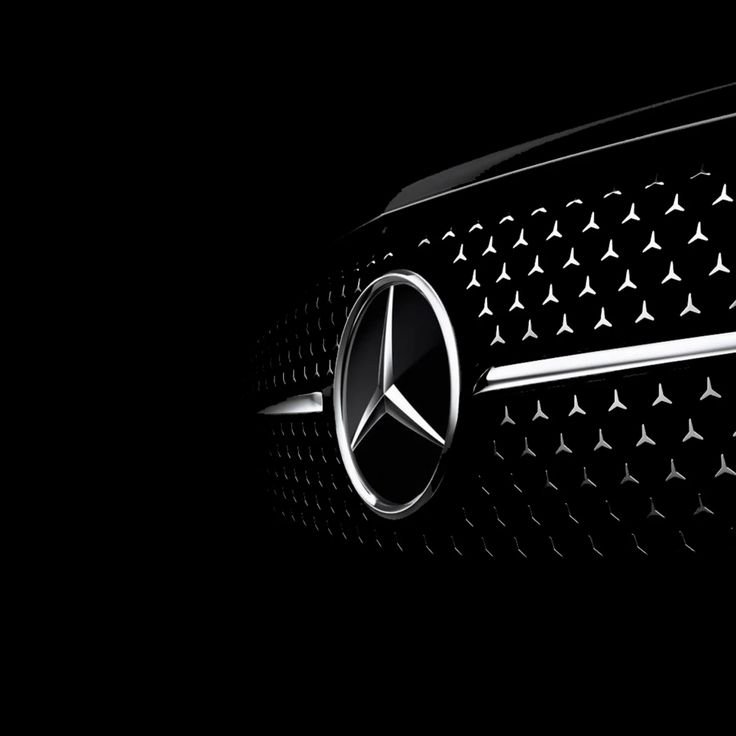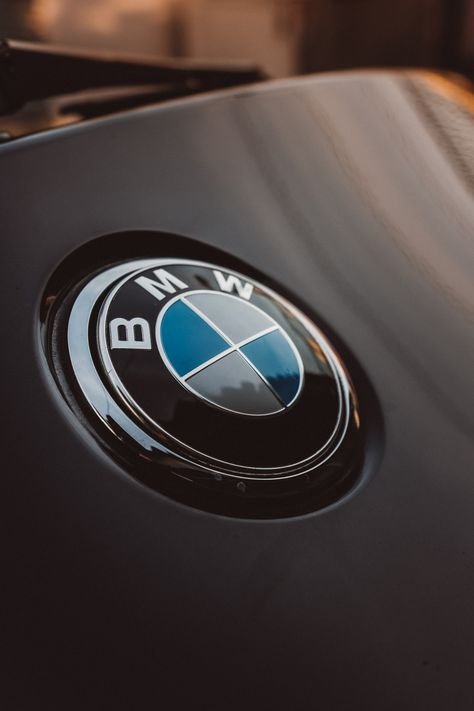
India is poised to take another significant step towards sustainable mobility with the launch of the PM Electric Drive Revolution in Innovative Vehicle Enhancement (PM E-Drive) scheme. Announced by the Indian government as the successor to the Faster Adoption and Manufacturing of (Hybrid and) Electric Vehicles (FAME II) scheme, the PM E-Drive scheme represents a new chapter in India’s journey toward achieving cleaner and greener transportation. As the FAME II scheme expired in March of this year, the PM E-Drive scheme is set to take its place with a focus on electric two-wheelers and three-wheelers, electric buses, and charging infrastructure.
The Transition from FAME II to PM E-Drive
The FAME II scheme, launched in April 2019, was part of the government’s broader mission to promote faster adoption and manufacturing of electric and hybrid vehicles in India. With an outlay of INR 10,000 crore, the scheme provided subsidies for electric vehicles (EVs) and supported the development of charging infrastructure across the country. The goal was to reduce dependence on fossil fuels, cut down on greenhouse gas emissions, and encourage the growth of the domestic electric vehicle industry.
However, as the FAME II scheme reached its conclusion in March 2024, the Indian government recognized the need to build on the momentum generated and address the evolving needs of the EV market. This realization led to the announcement of the PM E-Drive scheme, which will replace the FAME II scheme but with a slightly smaller outlay of INR 10,900 crore over two years.
READ MORE: Robotics in Automotive Industry: Key Trends
Key Features of the PM E-Drive Scheme
The PM E-Drive scheme, spearheaded by the Ministry of Heavy Industries, is designed to focus specifically on electric two-wheelers, three-wheelers, electric trucks, buses, and electric ambulances. Notably, the scheme does not include subsidies for electric and hybrid four-wheelers, marking a shift from the broader scope of FAME II.
1. Financial Outlay and Duration
The PM E-Drive scheme has a financial outlay of INR 10,900 crore for a period of two years. The allocation of funds under the scheme reflects a targeted approach toward specific segments of the electric vehicle market. This targeted focus is expected to provide a more concentrated push for the adoption of electric two-wheelers, three-wheelers, buses, and charging infrastructure, as opposed to the more generalized approach of FAME II.
2. Subsidies for Electric Vehicles
Under the PM E-Drive scheme, subsidies will be provided for the purchase of:
- Electric Two-Wheelers: A significant push towards electric scooters and motorcycles is expected, as they constitute a major portion of the vehicle market in India. With millions of two-wheelers on Indian roads, promoting the shift to electric versions can significantly reduce urban pollution and fuel consumption.
- Electric Three-Wheelers: Electric three-wheelers, commonly used as auto-rickshaws and goods carriers, are another focus area of the scheme. These vehicles are widely used for last-mile connectivity and cargo transport in urban and semi-urban areas. Subsidizing their purchase will help reduce emissions in densely populated cities.
- Electric Trucks and Buses: The scheme also extends its benefits to electric trucks and buses, which are essential for public transportation and logistics. Transitioning to electric variants will help reduce the carbon footprint of mass transit and commercial freight operations.
- Electric Ambulances: The inclusion of electric ambulances is a forward-thinking move aimed at promoting sustainable healthcare transport solutions. These vehicles are critical for emergency medical services and transitioning to electric versions can contribute to reduced emissions and operational costs.
3. Development of Charging Infrastructure
A critical component of the PM E-Drive scheme is its emphasis on enhancing the electric vehicle charging infrastructure across India. The scheme allocates INR 2,000 crore specifically for the development of charging facilities, which is crucial for supporting the adoption of electric vehicles on a large scale.
The planned infrastructure includes:
- 22,100 Fast Chargers for Electric Four-Wheelers: These chargers will be essential for building confidence among potential EV buyers, particularly in urban areas where fast charging is a key requirement for daily commutes.
- 1,800 Fast Chargers for Electric Buses: Charging infrastructure for buses will support the large-scale deployment of electric buses for public transport, ensuring that these vehicles can operate efficiently with minimal downtime.
- 48,400 Fast Chargers for Electric Two- and Three-Wheelers: The installation of these chargers is aimed at supporting the high volume of two- and three-wheelers expected to hit the roads under this scheme. This extensive network of charging stations will help address range anxiety among users and encourage widespread adoption.
4. Electrification of Public Transport
One of the standout features of the PM E-Drive scheme is its emphasis on electrifying public transport. The scheme includes a provision for the procurement of 14,028 electric buses by state transport units and other public transport agencies, with an allocation of INR 4,391 crore.
Electric buses are seen as a game-changer for urban mobility, as they offer a cleaner, quieter, and more sustainable alternative to traditional diesel-powered buses. By promoting the use of electric buses in public transport fleets, the government aims to reduce urban air pollution, lower greenhouse gas emissions, and provide a more comfortable commuting experience for passengers.
5. Expanding the Charging Network
The PM E-Drive scheme also proposes support for the establishment of 88,500 electric vehicle charging sites across the country. This move is expected to significantly boost the confidence of EV buyers by ensuring easy access to charging points, reducing range anxiety, and promoting seamless travel for EV users.
READ MORE: Car Sales in the European Union
Why the Shift from FAME II to PM E-Drive?
The transition from FAME II to PM E-Drive reflects a strategic shift in the government’s approach to promoting electric mobility in India. While FAME II was successful in generating awareness and fostering initial adoption, the new PM E-Drive scheme aims to build on that foundation with a more focused and targeted strategy.
Focus on High-Impact Segments
Unlike FAME II, which included a wide range of vehicles, including electric and hybrid four-wheelers, the PM E-Drive scheme focuses exclusively on two-wheelers, three-wheelers, buses, trucks, and ambulances. This focus is strategic for several reasons:
- Two-wheelers and Three-wheelers dominate the Indian automotive market and are responsible for a significant portion of urban air pollution. Targeting these segments can yield immediate and substantial environmental benefits.
- Electric Buses and Public Transport: By promoting electric buses, the scheme aims to decarbonize public transport, which is a critical sector for reducing emissions in cities. Buses also provide a scalable solution to improve urban air quality and reduce the carbon footprint of mass transit systems.
Supporting Charging Infrastructure
The emphasis on developing a comprehensive charging infrastructure is another key differentiator of the PM E-Drive scheme. The installation of fast chargers across multiple vehicle categories is expected to address one of the major pain points for electric vehicle adoption—lack of accessible and reliable charging stations.
Smaller Outlay with Targeted Impact
With a total outlay of INR 10,900 crore for two years, the PM E-Drive scheme is smaller in scale compared to FAME II. However, by concentrating resources on specific segments with the highest potential for electrification and environmental impact, the scheme aims to achieve more with less. This targeted approach is designed to maximize the return on investment and accelerate the transition to electric mobility in a more focused manner.
READ MORE: Mercedes-Benz E-Class Long Wheelbase (LWB)
Implications for the Indian Auto Industry
The launch of the PM E-Drive scheme is expected to have far-reaching implications for the Indian automotive industry. As the country continues its push towards sustainable mobility, auto manufacturers, suppliers, and stakeholders in the EV ecosystem will need to adapt to the changing landscape.
Encouraging Local Manufacturing
The PM E-Drive scheme is expected to incentivize domestic manufacturing of electric vehicles and components. With subsidies tied to the purchase of electric vehicles, there will be a greater push for local production to meet demand. This move is likely to attract investments in EV manufacturing facilities, battery production plants, and component supply chains, driving job creation and technological innovation in the country.
Boosting Demand for Electric Two-Wheelers and Three-Wheelers
The scheme’s focus on electric two-wheelers and three-wheelers is expected to boost demand for these vehicles significantly. As subsidies make EVs more affordable for consumers, automakers may witness a surge in sales. Startups and established players in the EV market, such as Ather Energy, Ola Electric, Bajaj Auto, and TVS Motor Company, stand to benefit from this increased demand.
Opportunities for Public Transport Operators
With a substantial budget allocated for the procurement of electric buses, public transport operators across India will have the opportunity to modernize their fleets. State transport units, municipal corporations, and other public transport agencies will be able to acquire electric buses at subsidized rates, improving their operational efficiency and reducing environmental impact.
Strengthening Charging Infrastructure Providers
The development of 88,500 charging sites presents significant opportunities for companies specializing in charging infrastructure. From setting up fast chargers to providing end-to-end charging solutions, there will be substantial growth potential for businesses in this sector. Collaborations between private firms, government agencies, and public sector enterprises will be crucial in expanding the charging network and supporting the widespread adoption of EVs.
READ MORE: How to Compare Car Insurance Plans
Challenges and Considerations
While the PM E-Drive scheme offers numerous opportunities, it also presents several challenges that need to be addressed to ensure its success.
Ensuring Adequate Infrastructure Development
One of the key challenges is ensuring the timely development of charging infrastructure. While the scheme provides substantial funding for the installation of charging stations, actual implementation will require coordination among multiple stakeholders, including central and state governments, private companies, and public sector entities. Addressing issues such as land acquisition, regulatory approvals, and grid connectivity will be critical to building a robust and reliable charging network.
Balancing Costs and Subsidies
The scheme’s effectiveness will largely depend on the balance between the subsidies offered and the cost of EVs. While subsidies can make EVs more affordable, the upfront cost of electric vehicles remains higher than that of traditional internal combustion engine vehicles. Bridging this cost gap will require a combination of technological advancements, economies of scale, and continued government support.
Promoting Consumer Awareness
Increasing consumer awareness and education about the benefits of electric vehicles is essential for driving adoption. Many potential buyers may still be hesitant to switch to EVs due to concerns about range, charging availability, and resale value. Effective communication campaigns, incentives, and transparent information about the benefits of electric vehicles will be key to overcoming these barriers.
The Road Ahead: Accelerating India’s EV Revolution
The PM E-Drive scheme marks a critical step in India’s journey towards sustainable mobility. By focusing on high-impact segments such as two-wheelers, three-wheelers, buses, and charging infrastructure, the scheme aims to create a more targeted and efficient pathway for accelerating electric vehicle adoption.
As the scheme unfolds, it will be essential for stakeholders in the EV ecosystem—including manufacturers, suppliers, public transport operators, and infrastructure providers—to collaborate and innovate to maximize its impact. Continued investment in technology, local manufacturing, and infrastructure development will be crucial to overcoming the challenges and realizing the full potential of the PM E-Drive scheme.
Ultimately, the success of the PM E-Drive scheme will depend on its ability to create a conducive environment for the growth of electric mobility in India. By providing targeted subsidies, promoting local manufacturing, and expanding the charging network, the scheme has the potential to transform India’s transportation landscape, reduce emissions, and pave the way for a cleaner, greener future.







